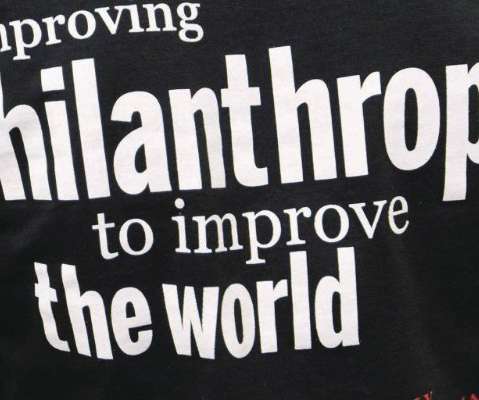Drones, Robots, and Farmers—Prepare Your Association to Meet Fast-Moving Technology Trends
.orgSource
APRIL 22, 2024
We selected this group because, as independent business owners, they were acutely aware of the challenges of digital markets and the attitudes needed for success. Subsequent models will incorporate changes based on consumer feedback. Ongoing transformation requires adjustments to perspectives, attitudes, and behavior.















Let's personalize your content